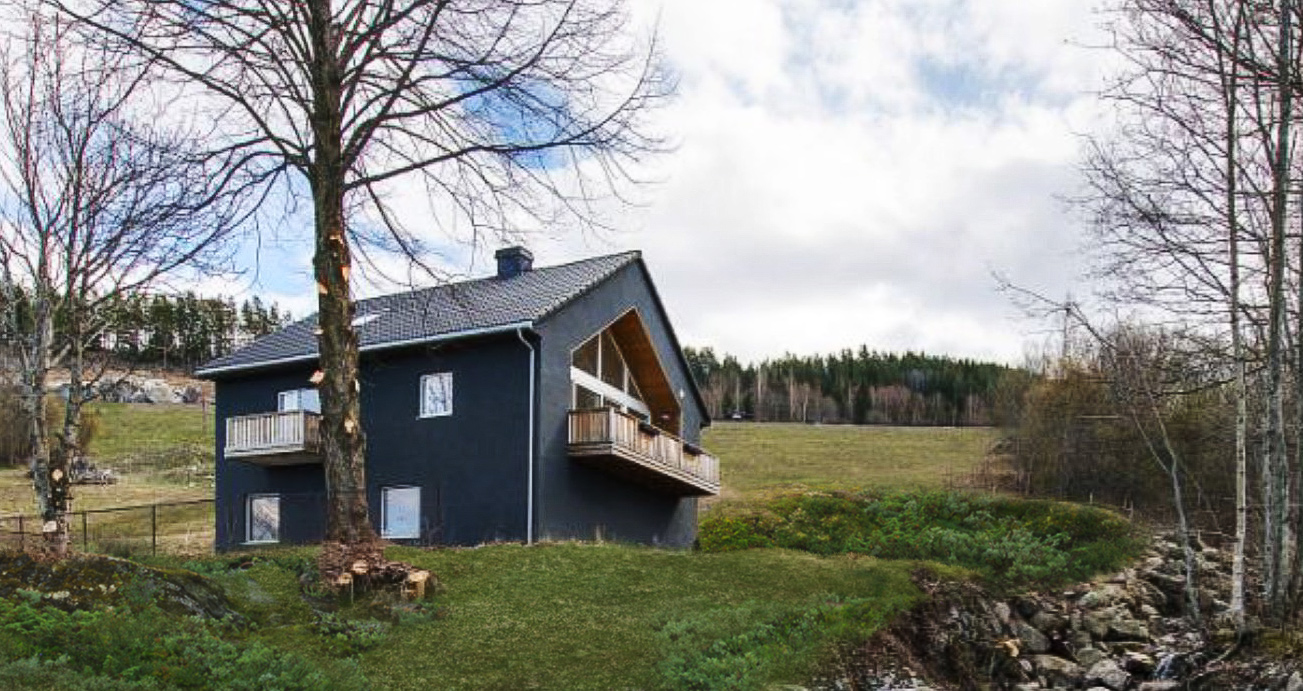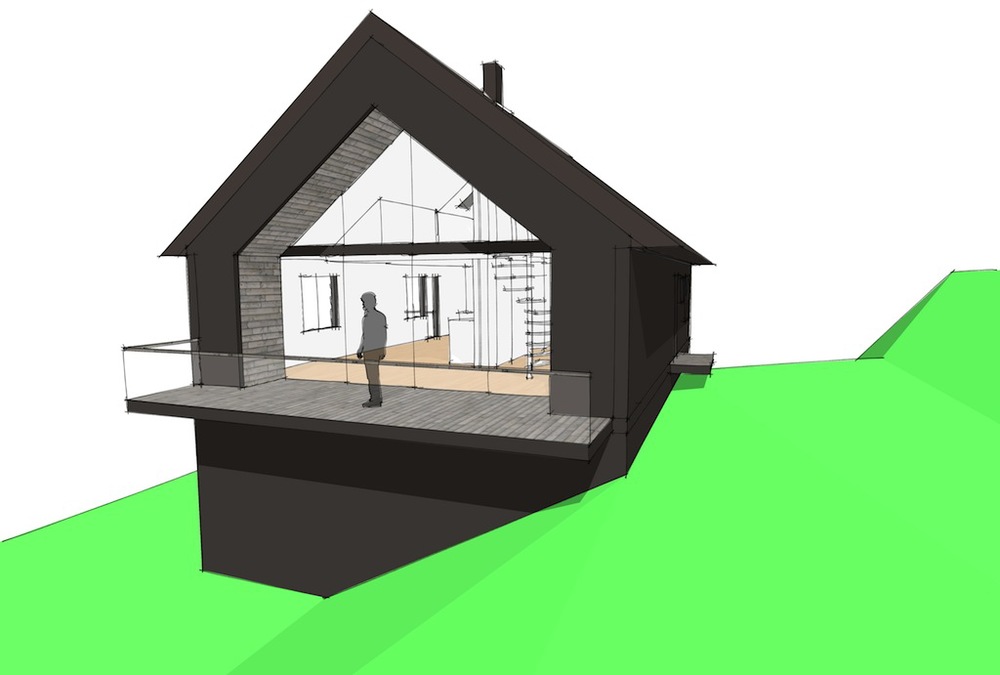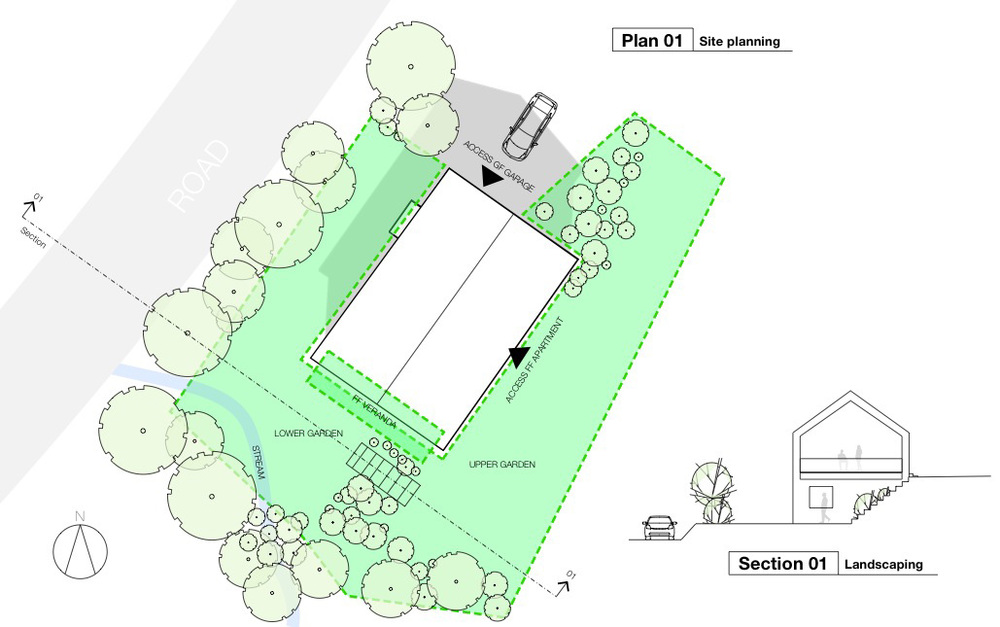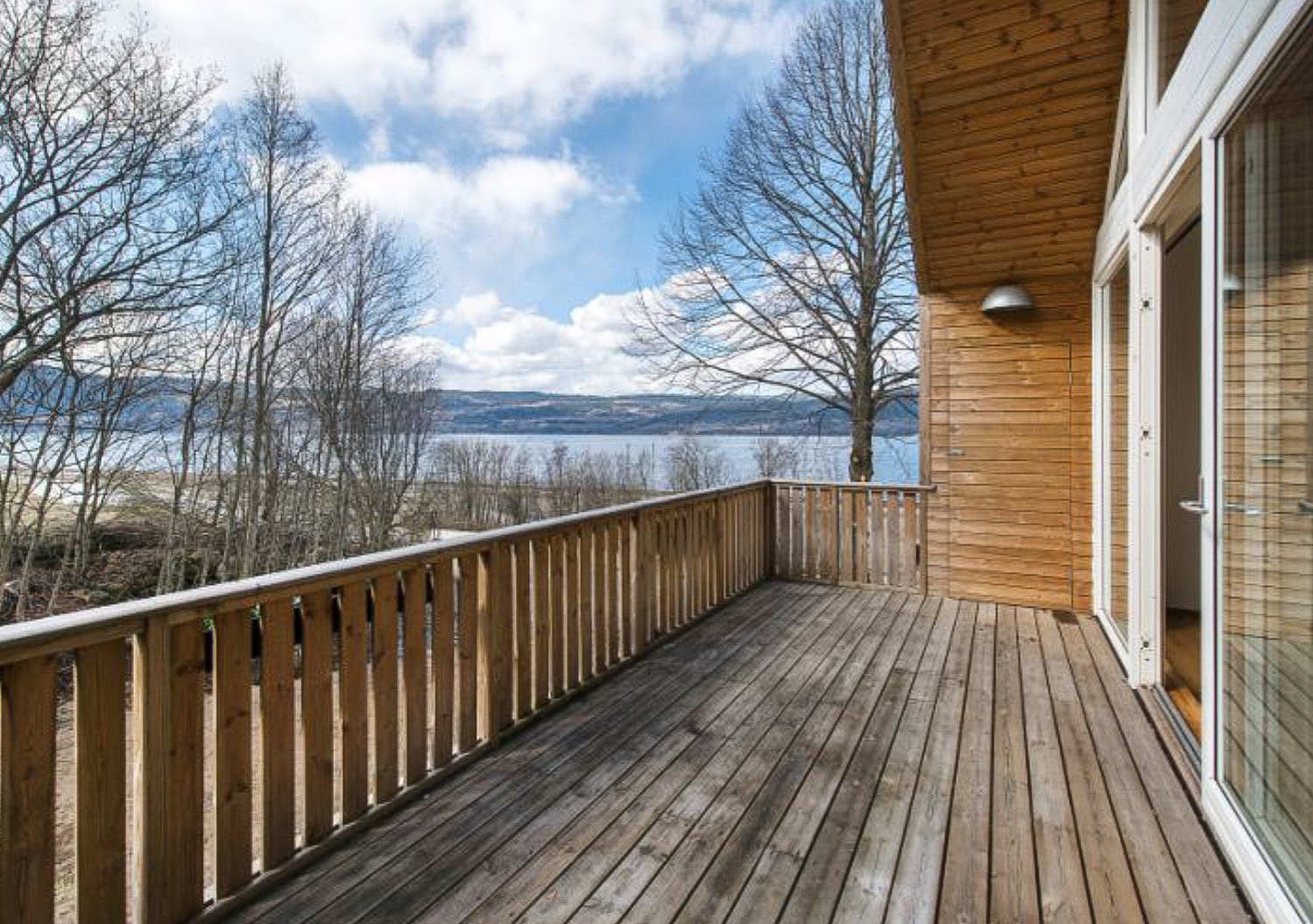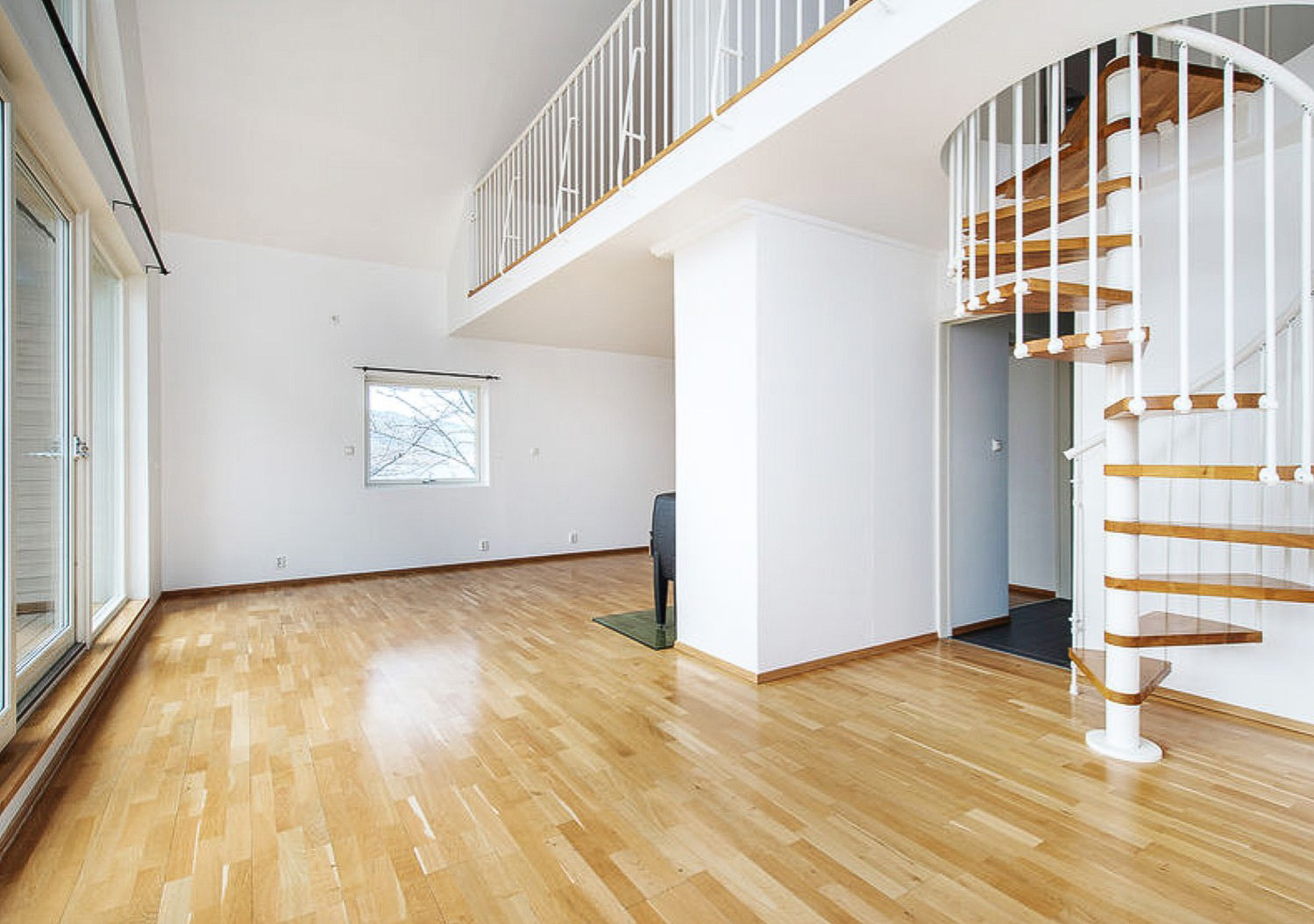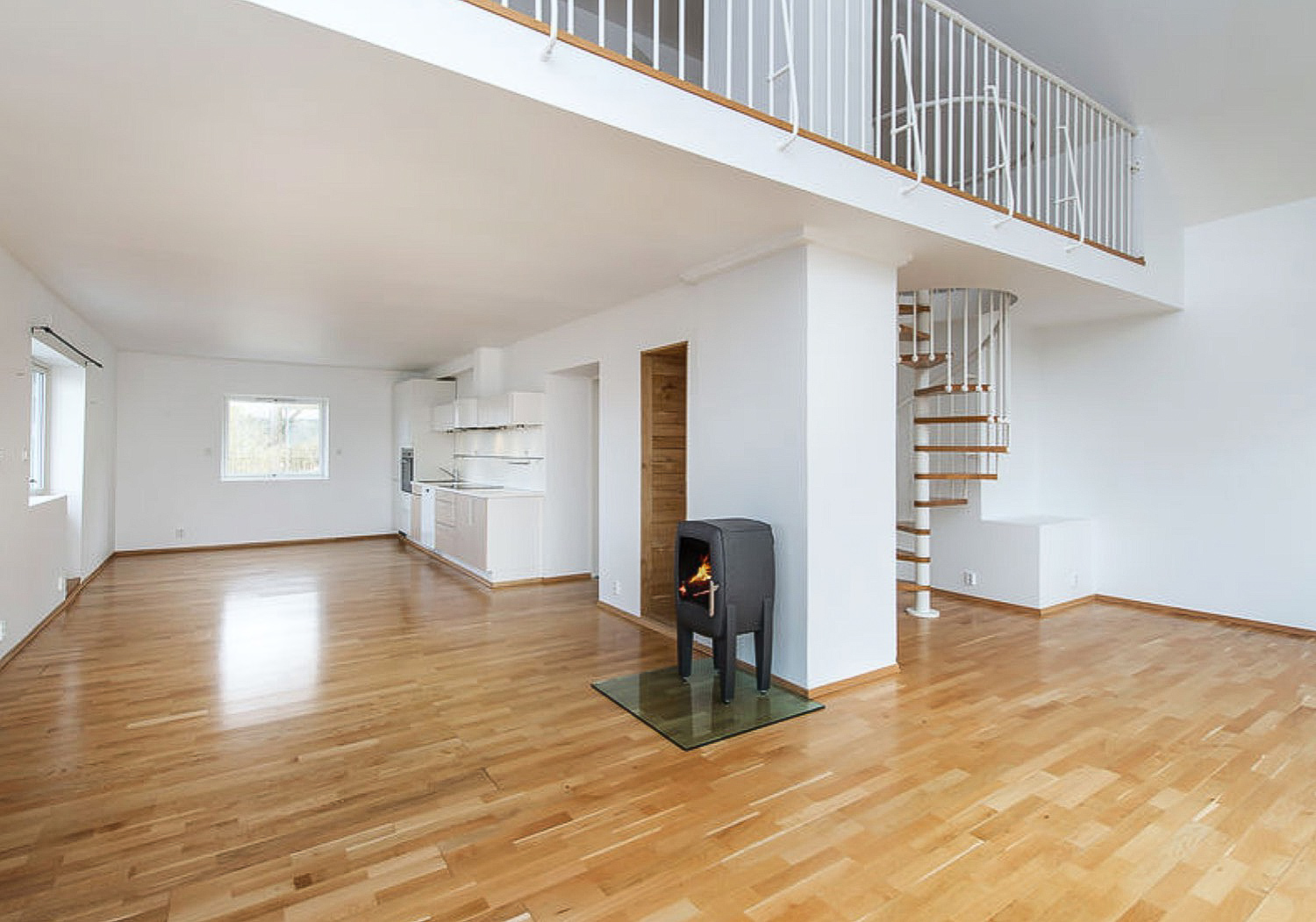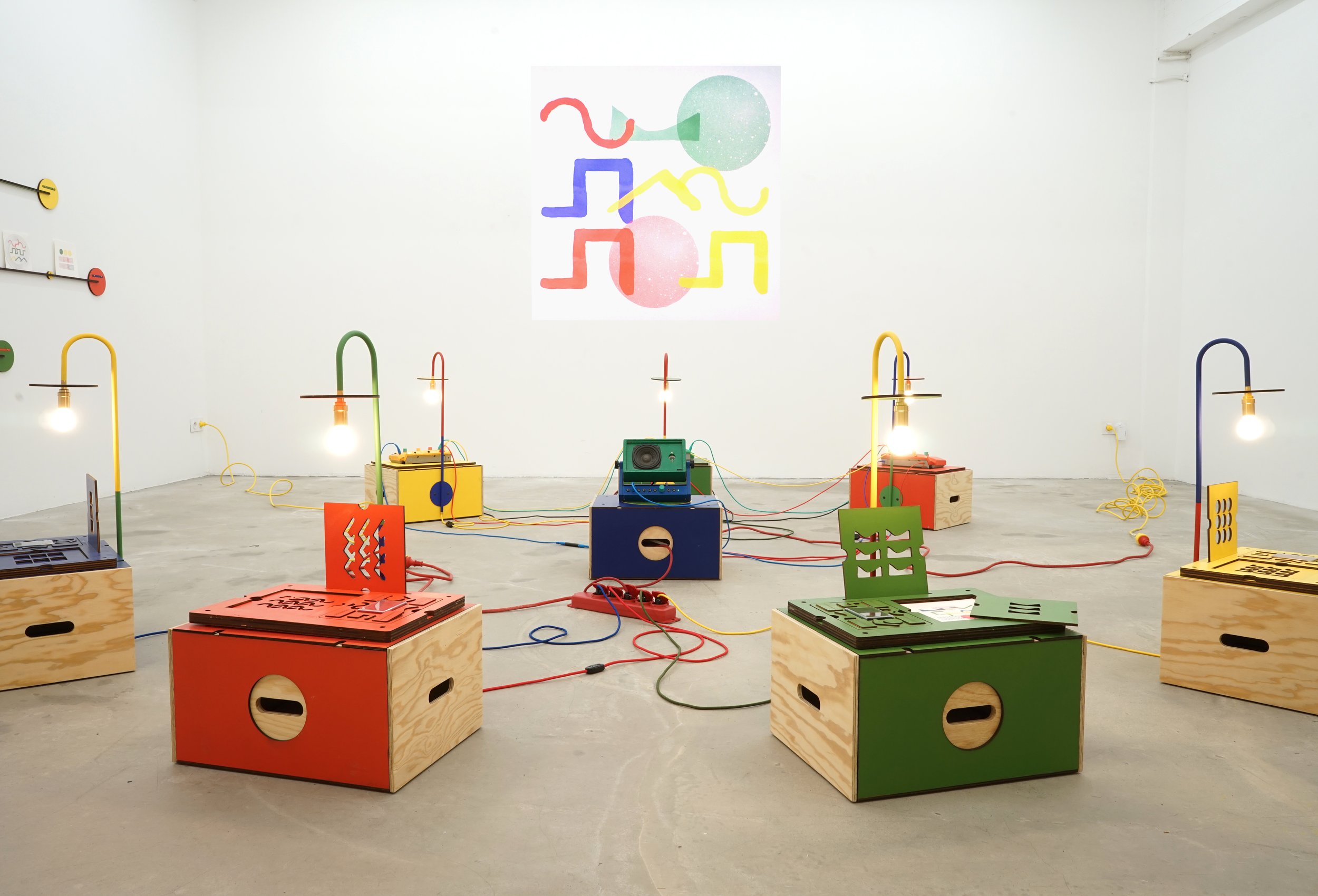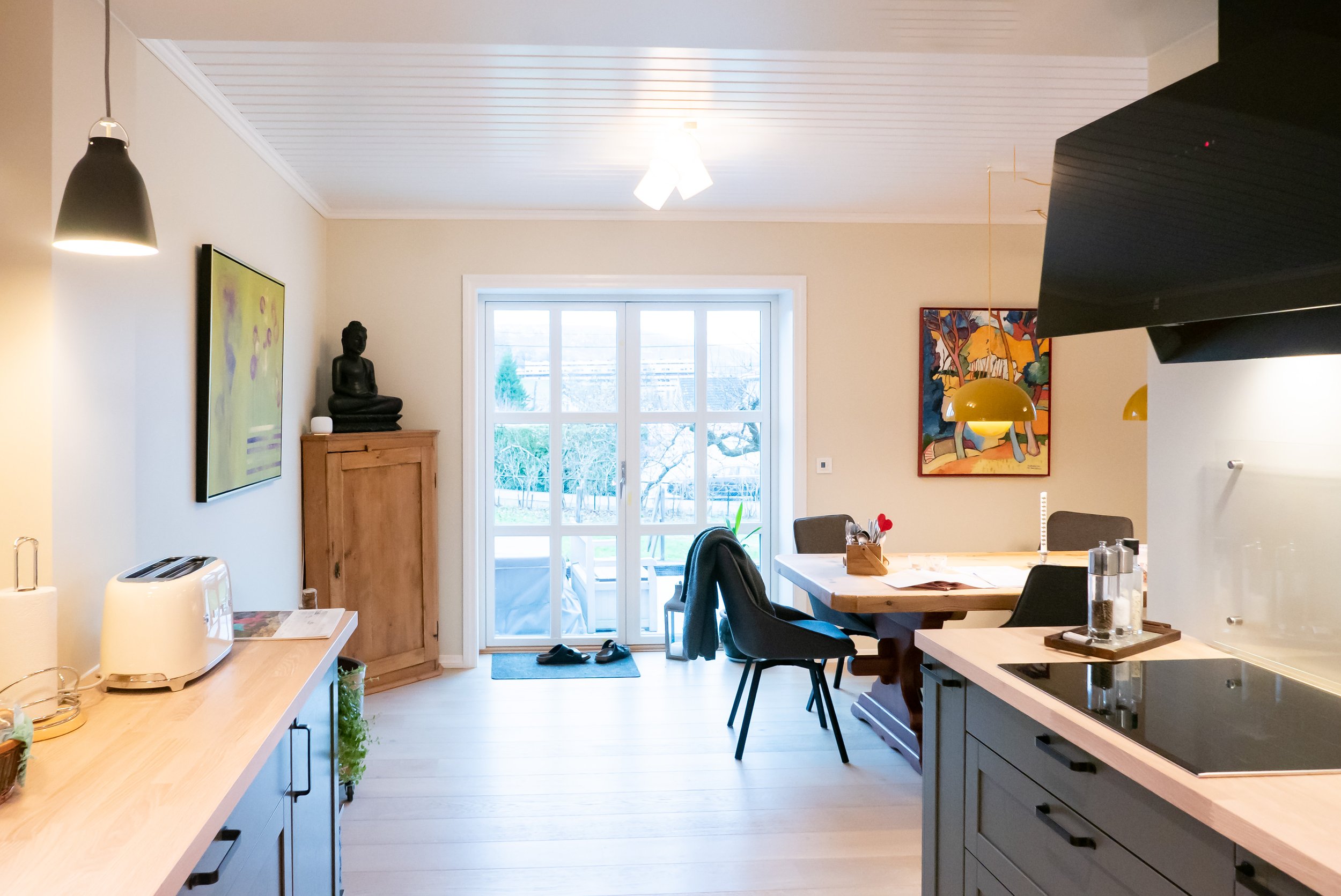I was last week in France to meet the team of L'Aéronef, Lille's alternative music concert venue. They confirmed they were offering us a one-year artist residency to develop a musical art performance to be shown to the public in September 2013.
2hD, as architects, will be teaming up with French art collective Qubo Gas and percusionist Olivier Durteste to develop the project.
Morgan Dimnet, Laura Henno and Jef Ablézot, of Qubo Gas, are old friends of mine. We met again in September 2010 at the reopening ceremony of Lille Museum of Modern Art (LaM). The LaM had just commissioned one of their digital pieces for their NetArt collection, following the animation project they created for London's Tate Modern in 2007.
Discussing our work in the inflatable pavilion we had designed for the museum, we all got excited in the idea of exploring how our work with architectural spaces related to their large scale hand-drawn artworks and musical animations. We decided to start collaborating on an art performance and Qubo Gas brought in their friend Oliver Durteste — drummer of successful French bands The Shoes and Cercueil and solo artist DDDXIE — to participate. L'Aéronef enthusiastically supported our idea and offered us an art residency to create and produce the performance, to be staged in the venue in September 2013.
I'll be back in Lille at the end of November to start experimenting with live drawing, music and 3D digital projections. More on this later...





















